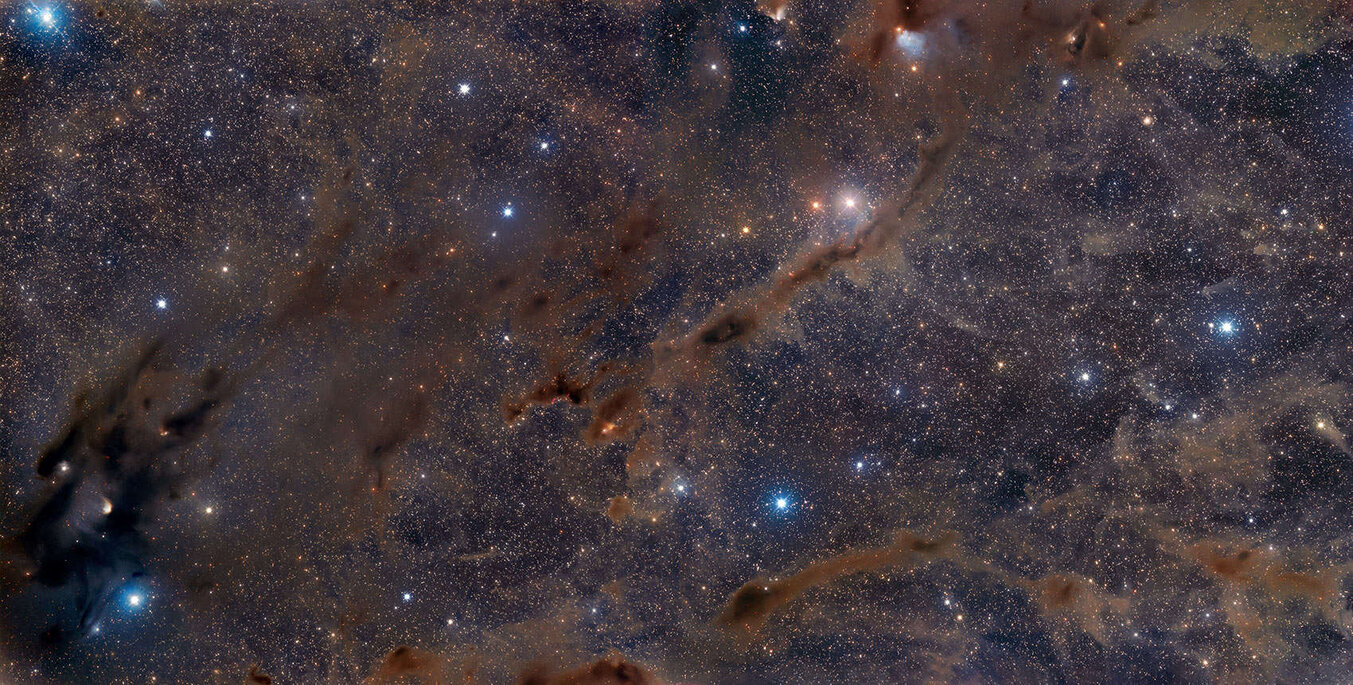Astronomers have recently discovered that giant clouds of molecular hydrogen, the birthplace of stars, can live for tens of millions of years despite the facts that individual molecules are constantly getting destroyed and reassembled. This new research helps place a crucial piece of understanding in our overall picture of how stars are born.
In order to make stars you first need giant clouds of molecular hydrogen gas. These are the reservoirs that can undergo catastrophic collapse. When this happens dozens or even hundreds of stars can appear at once. Without these reservoirs of gas, you can’t make stars, and so astronomers are especially interested in how these clouds behave. The evolution of these clouds within a galactic environment can tell us about the star formation history of the galaxy.
Recent observations have shown that when new stars appear within a giant molecular cloud, they quickly blow out bubbles surrounding themselves. With the reduced density of molecules surrounding those stars, the remaining molecules suffer bombardment from ionizing radiation, breaking apart the molecular hydrogen into an ionized state.
But other observations have shown that these giant clouds last for incredibly long times. So how can that be if newly born stars constantly tear apart their parent clouds?
A team of researchers turned to sophisticated computer simulations to answer the question. They simulated a portion of a galaxy and examined the behavior of molecular clouds as stars formed within them. They found that their simulations agreed with observations: that newborn stars can easily tear apart a molecular cloud. But they also found a balancing factor. Giant molecular clouds constantly vacuum up any surrounding hydrogen that happens to be wandering by in the galaxy. This action of accumulation replenishes the cloud’s stock of hydrogen.
The researchers found that individual molecular clouds can live for up to almost 100 million years. But any individual hydrogen molecule will last only up to four million years within that cloud before it disassociates. But for every molecule that evaporates a new one enters the cloud, keeping everything in balance. As long as a cloud can keep accumulating material, it will continue living.
These results explain how giant molecular clouds can live so long despite their individual molecules disappearing. And since these giant molecular clouds are the birthplaces of stars, this research helps paint the picture of how galaxies can continue manufacturing stars for billions of years.

